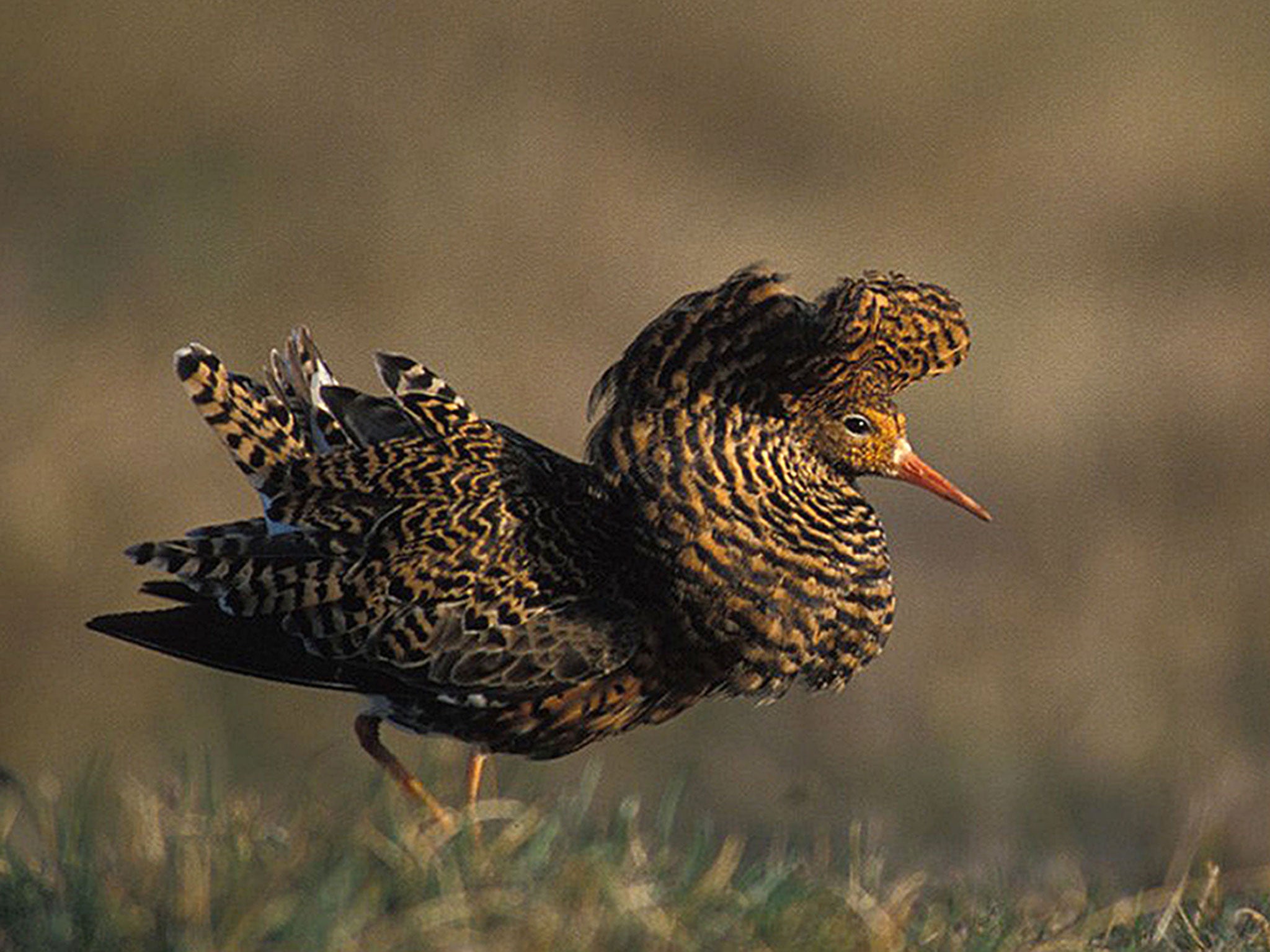Birds observed 'cross-dressing' to attract females
Certain male ruffs have been found to mimic females in order to get close to their love interest

Your support helps us to tell the story
From reproductive rights to climate change to Big Tech, The Independent is on the ground when the story is developing. Whether it's investigating the financials of Elon Musk's pro-Trump PAC or producing our latest documentary, 'The A Word', which shines a light on the American women fighting for reproductive rights, we know how important it is to parse out the facts from the messaging.
At such a critical moment in US history, we need reporters on the ground. Your donation allows us to keep sending journalists to speak to both sides of the story.
The Independent is trusted by Americans across the entire political spectrum. And unlike many other quality news outlets, we choose not to lock Americans out of our reporting and analysis with paywalls. We believe quality journalism should be available to everyone, paid for by those who can afford it.
Your support makes all the difference.Cross-dressing may not be a widely recognised courtship strategy but it works for one species of Eurasian wading bird.
Certain male ruffs have been found to mimic females in order to get close to their love interest while avoiding the competition.
The female impersonators are seen in "leks" - large gatherings where males go all-out to attract mates.
The tactic is one of three kinds of behaviour seen in the birds, each of which is driven by the same "supergene".
Some male ruffs are highly territorial and aggressive show-offs that display spectacular plumes around their necks. Others, smaller with white feathers, are non-territorial but adept at stealing mates off their territorial rivals.
The cross-dressers also steal mates, but are more crafty. By lacking ornamental feathers and mimicking females, they are able to hide from other males in the lek before making their move.
Scientists writing in the journal Nature Genetics traced the odd behaviour to a "supergene" - chunk of DNA containing a hundred or more genes which is thought to have evolved around four million years ago.
Lead researcher Professor Terry Burke, from the University of Sheffield, said: "The special feature of the supergene is that it allows lots of genes that are next to each other on a chromosome - which in this case determine multiple traits including hormones, feathering, colour and size - to evolve together and create ... distinct behavioural traits.
"The ruffs provide a neat example of how small genetic changes can lead to major differences in attractiveness and behaviour. This process is fundamental to the formation of separate sexes and separate species."
He added: "Unlike young men at a social occasion who have each chosen a different approach to courtship, whether that's showing off or paying a compliment, for these birds there is no choice in the matter. It's their DNA that dictates how they win a partner."
Press Association
Join our commenting forum
Join thought-provoking conversations, follow other Independent readers and see their replies
Comments